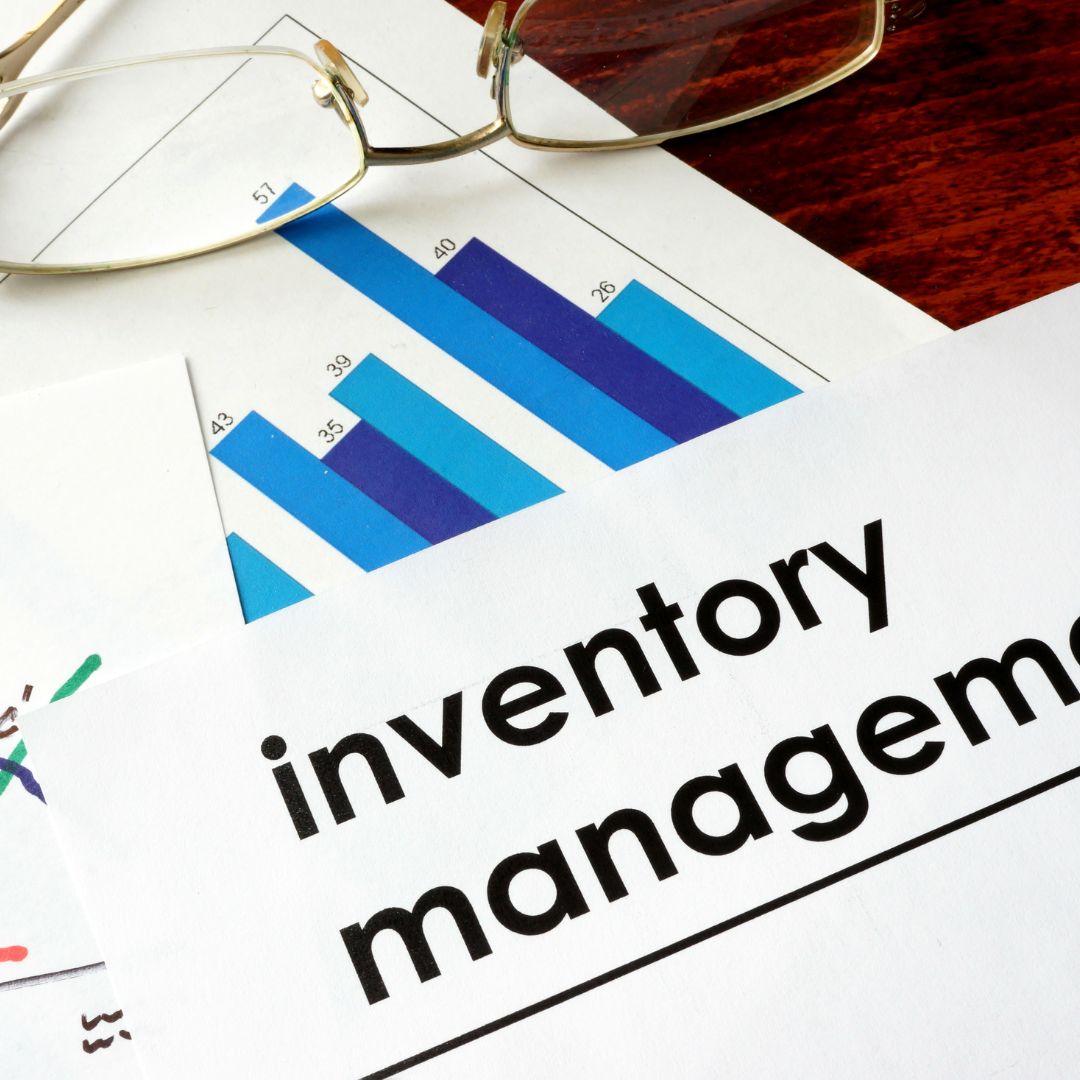7 Essential Software Strategies for Success
In the intricate and dazzling world of jewelry, managing your inventory is as crucial as the craftsmanship of your pieces. The right jewellery software can transform this complex task into a streamlined, efficient process, enhancing both your business operations and customer satisfaction. In this comprehensive guide, we will explore seven essential strategies to optimize your jewelry inventory setup using the best software solutions. These tips are designed not only to manage your inventory effectively but also to elevate your business in the competitive jewelry market.
1. Comprehensive Inventory Tracking with Jewelry Software
Effective inventory management starts with real-time tracking. Jewelry businesses deal with a vast array of items, from precious stones to intricate settings. The ideal jewelry software should offer detailed tracking capabilities, allowing you to monitor each item’s journey from acquisition to sale. This feature is crucial for maintaining accurate records, preventing losses, and ensuring that every piece is accounted for. Additionally, real-time tracking enables you to provide immediate updates to customers about the availability and status of their desired pieces, enhancing customer service and trust.
2. Detailed Cataloging and Categorization
A well-organized catalog is the backbone of efficient inventory management. Jewelry software should allow for detailed descriptions, including images, materials, gemstone quality, and craftsmanship details. This level of detail helps not only in keeping your inventory organized but also in providing customers with the information they need to make informed purchases. Effective categorization also streamlines the retrieval process, saving time and reducing errors during sales or stock audits. Moreover, it aids in identifying trends in your inventory, such as which types of jewelry are most popular or which gemstones are in high demand, enabling more strategic purchasing and marketing decisions.
3. Integration with Sales Channels
In today’s digital age, jewelry businesses often operate across multiple sales channels, including brick-and-mortar stores, online marketplaces, and social media platforms. Your jewelry software should seamlessly integrate with these channels to ensure consistent inventory data across all platforms. This integration prevents the common pitfalls of overstocking or stockouts, especially during peak seasons or promotional periods. It also provides a unified view of your sales performance, helping you understand which channels are most effective and where to focus your marketing efforts. Additionally, integration with POS systems and e-commerce platforms can automate inventory updates, reducing manual work and the potential for human error.
4. Automated Reordering and Stock Alerts
Automation in inventory management is a game-changer. The best jewelry software includes features for automated reordering and stock alerts. This means that when stock levels for a particular item fall below a predetermined threshold, the system can automatically generate a purchase order or notify the relevant personnel. This proactive approach ensures that your best-selling items are always in stock, maintaining continuous sales momentum. It also helps in maintaining optimal inventory levels, reducing the costs associated with overstocking. Furthermore, automated alerts can be set for items that have been in inventory for too long, helping you identify slow-moving items that may need a promotional push or markdown.
5. Analytics and Reporting
Data-driven decision-making is key to successful inventory management. Advanced jewelry software should offer robust analytics and reporting tools. These tools can provide insights into various aspects of your business, such as sales trends, inventory turnover rates, and customer preferences. By analyzing this data, you can make informed decisions about which products to stock up on, which to phase out, and how to price your items. Additionally, understanding customer buying patterns can inform your marketing strategies, allowing you to target your audience more effectively. Regular reports on inventory performance also help in identifying areas for improvement, ensuring that your inventory management processes remain efficient and responsive to market changes.
6. Security and Data Backup
In an industry where transactions often involve high-value items, the security of your inventory data is paramount. The ideal jewelry software should have robust security protocols to protect sensitive information from unauthorized access or cyber threats. This includes secure login processes, data encryption, and regular security updates. Additionally, the software should offer reliable data backup solutions. Regular backups ensure that in the event of a system failure or data breach, your inventory data is not permanently lost. This is crucial for maintaining business continuity and protecting your reputation with customers and suppliers.
7. User-Friendly Interface and Support
Finally, the effectiveness of jewelry software is also determined by its usability. A user-friendly interface is essential for ensuring that your team can efficiently utilize all the features of the software. Look for software that offers an intuitive design, easy navigation, and customizable options to fit your specific business needs. Additionally, reliable customer support is crucial. Choose a software provider that offers comprehensive training, responsive customer service, and ongoing technical support. This ensures that any issues are promptly addressed, and your team can make the most of the software’s capabilities.
Conclusion
Selecting the right jewelry software is a strategic decision that can significantly impact your business’s efficiency and profitability. By implementing these seven strategies, you can optimize your inventory management, enhance customer satisfaction, and stay ahead in the competitive jewelry market. Remember, the goal is to find a software solution that not only meets your current needs but also scales with your business’s growth.
We invite you to share your experiences or questions about jewelry inventory management and software solutions in the comments below. Let’s discuss how technology is shaping the future of the jewelry industry!












